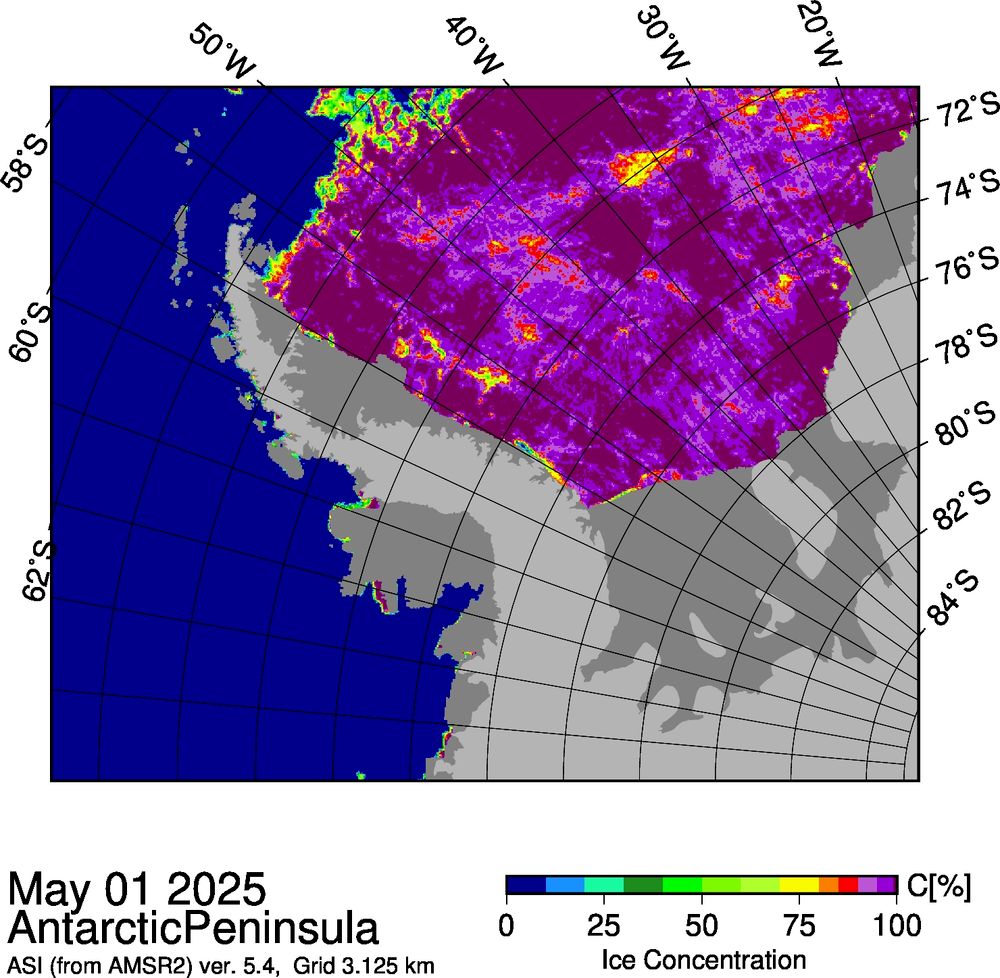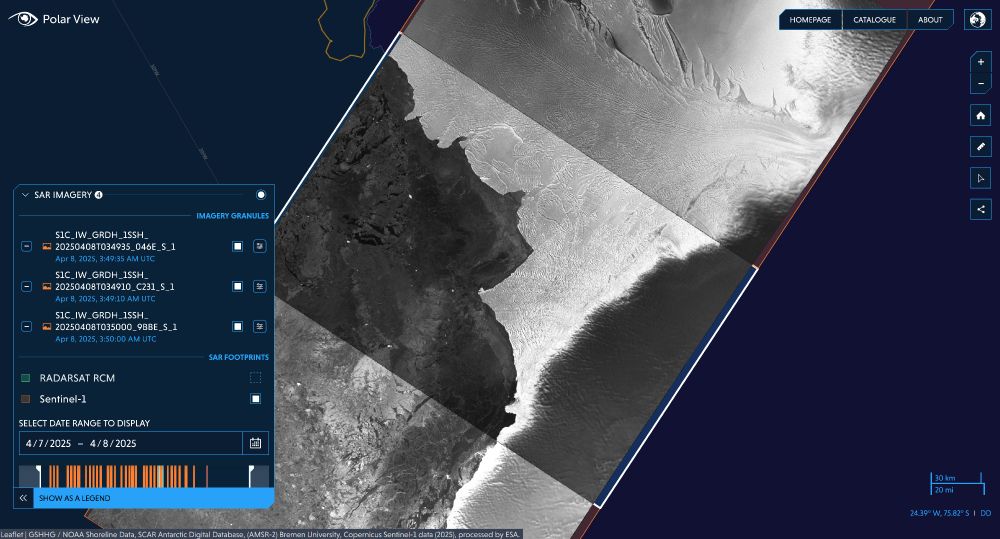
An appropriate topic for the last edition of the 60yr old series.

An appropriate topic for the last edition of the 60yr old series.
📸Eumetsat










Cutting global greenhouse gas emissions as soon as possible is the key to tackling global warming.
www.thetimes.com/uk/science/a...

Cutting global greenhouse gas emissions as soon as possible is the key to tackling global warming.
www.thetimes.com/uk/science/a...


Image showing sea ice concentration derived from AMSR satellite data is by Institute of Environmental Physics, University of Bremen, Germany.

Image showing sea ice concentration derived from AMSR satellite data is by Institute of Environmental Physics, University of Bremen, Germany.
Coming later this year: a beautifully illustrated book about the world’s most beloved bird, written by British Antarctic Survey’s Peter Fretwell @ptfretwell.bsky.social
What better day to reveal the cover the #WorldPenguinDay? ⬇️
Coming later this year: a beautifully illustrated book about the world’s most beloved bird, written by British Antarctic Survey’s Peter Fretwell @ptfretwell.bsky.social
What better day to reveal the cover the #WorldPenguinDay? ⬇️
No! Our new paper in @natcomms.nature.com shows massive tabular icebergs broke off the UK in the last ice age before the UK’s ice shelves disintegrated from climate warming.
🧵
www.nature.com/articles/s41...
@bas.ac.uk

No! Our new paper in @natcomms.nature.com shows massive tabular icebergs broke off the UK in the last ice age before the UK’s ice shelves disintegrated from climate warming.
🧵
www.nature.com/articles/s41...
@bas.ac.uk





Amazing colours over land and sea.
Thanks to Sentinel satellites.

Amazing colours over land and sea.
Thanks to Sentinel satellites.

